
PRINCE GEORGE — There is a separatist movement building slowly in the Pacific Northwest; its speed reflects the pace of the people outside of its metropolitan centers.
It is not your typical movement based on the right and left spectrum, nor is it necessarily about protecting a certain culture. More so, it is about creating one, building off the foundation of what already goes on in the westernmost bioregion.
It is about decentralizing two governments that seem to disregard what the population wants on the West Coast. The movement calls for a new sovereign state: Cascadia.
The map is not perfect yet. For some it stretches from northern California to the Alaskan Panhandle. For Cathasaigh Ó Corcráin, co-editor of underground journal Autonomy Cascadia: A Journal of Bioregional Decolonization, Cascadia’s borders would reflect the fact that it is based largely on ecological designs rather than current political boundaries.
Corcráin, following Dr. David McCloskey’s influence, says that watersheds should dictate Cascadia’s region. For example, he uses the Alsek River in Alaska and Yukon as the northernmost border, and the Klamath River as the southernmost. He also points to the importance of sharing the Salish Sea.
Flowing from that, Corcráin also sees the focus of bioregionalism as challenging the current way we associate ourselves with the land. Bioregionalism, as defined by Brandon Letsinger, founder of the Cascadian Independence Project and manager of Cascadia Now’s web presence, is “a way to reframe and rethink a lot of the boundaries and borders on this region to better represent economic, political, social and environmental realities.”
Corcráin, who traveled around theoretical Cascadia when filming Occupied Cascadia, says that he also noticed many similarities to communities around the region that shared similar relationships with natural resources and surroundings. For example, a logging community in rural Washington likely shares many cultural characteristics with a logging community in rural northern British Columbia.
Furthermore, Corcráin points to that fact that Cascadia is a very wild place, and the wilderness is rugged and “in your face, hard to ignore.” Letsinger said that Cascadia is the birthplace of the idea of bioregionalism. What’s more, Cascadia has many of its ecological systems still intact relative to the rest of North America. He says Cascadians are further united by love of a shared place.
In 2011, the “Republic of Cascadia” made it onto a Time Magazine list of the Top 10 Aspiring Nations, which may be just the beginning, despite the author’s throw-in that Cascadia has “little chance of ever becoming a reality.”
Many British Columbians have probably seen Cascadia’s flag, amicably nicknamed the “Doug Flag,” as it has made its way onto the packaging of one of Victoria’s most popular brews, Blue Buck. The Doug Flag depicts a Douglas Fir over a typical horizontal tri-colour flag.
The three colours — blue, white, and green — represent the bioregion of Cascadia. The blue is for the ocean, lakes, rivers and other bodies of water; the white for the snow-capped mountain ranges and glaciers; and the green for our lush forests.
Letsinger sees growing support for Cascadia. He points to lack of other alternatives and general unhappiness when it comes to the Canadian and American federal governments. He sees this as largely due to the fact that Cascadia focuses on positives and a new, untainted prospect.
According to Letsinger, Cascadia Now is in direct communication with around 15,000 people and acknowledges the many social media groups with thousands of followers which support Cascadia. Corcráin agrees, saying that he has seen the buzz around Cascadia grow since he first became involved. Only time will give clear definition to Cascadia.



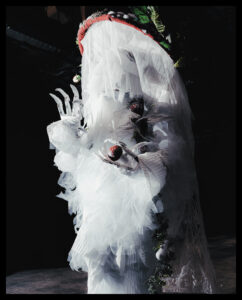
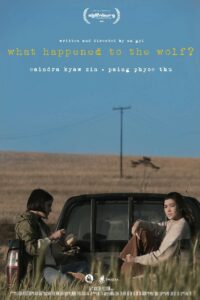
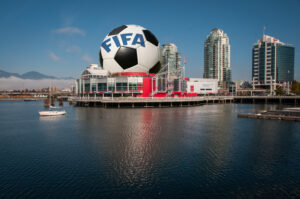
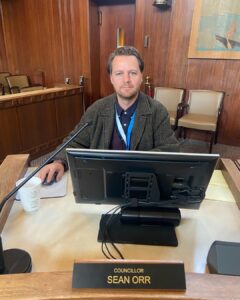
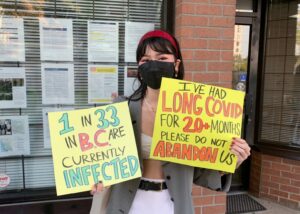
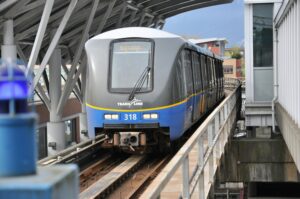
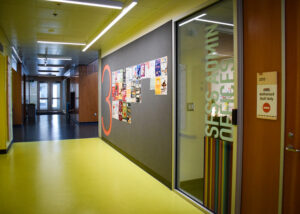
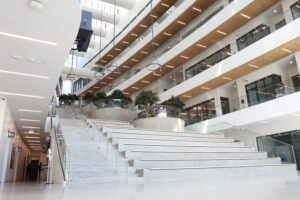



Good story except for 1 crucial little thing: Cascadia isn’t a separatist movement! Cascadia is a unique, magical place and we don’t need the old separatist/nationalist dichotomy to define us. Cascadia is about appreciating this great place and working toward what’s best for it and its people.
Thanks Alex! “New Sovereign State” is the last thing we want. Canada is a “paper government” and BC is illegally occupied by the British Crown. The US is the moral equivalent of Rome under Nero. We are more interested in repatriating stolen Indigenous lands, removing dams, restoring forests, and creating a new culture that is not parasitic on the land.
Also,
a) the bioregion extends south to include the Eel and Mattole Rivers, ending at Usal Creek. Then north past Icy Bay.
b) the cultural connectivity of Indigenous Peoples from Tlingit Aani to Cape Mendocino predates the the cultural connectivity of logging communities, and the land itself is why. Land first, culture second.
c) that flag you’ve used is the “Black Jack” not “The Doug.” It is a Ponderosa, the flag of Cascadia’s arid interior, from Secwepemc Country and The Okanagan to the edge of the Great Basin in Oregon and Idaho.
Cascadia sucks.
Blasphemy!!!
No.
Too bad Cascadians aren’t working towards separating from Canada and the U.S, or this story may be as dramatic as the Peak tries to pass it off.
If it bleeds it leads, and only the most crazy of stories get attention. Unfortunately some legitimate organizations are fabricated into those crazy attention-grabbing stories by journalists. A bad journalist and a bunch of very suggestible people is all you need to make “news” nowadays.
Whaaat?
[…] Download Image More @ the-peak.ca […]